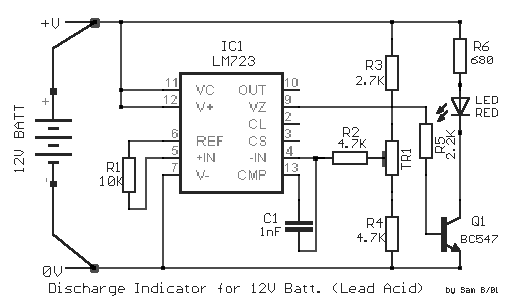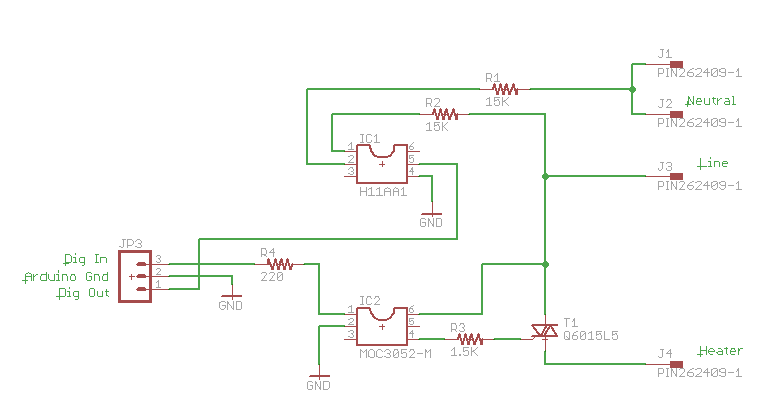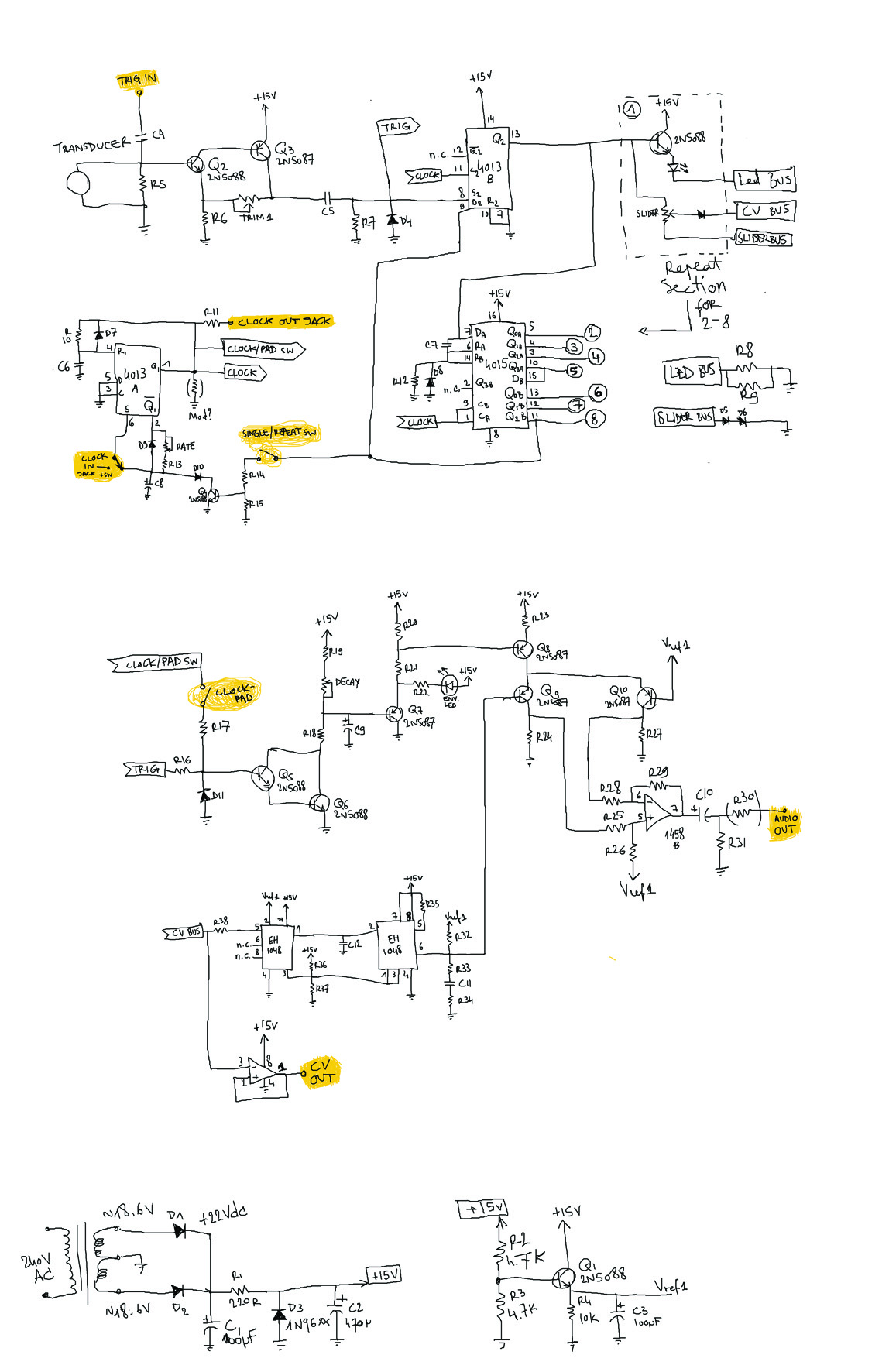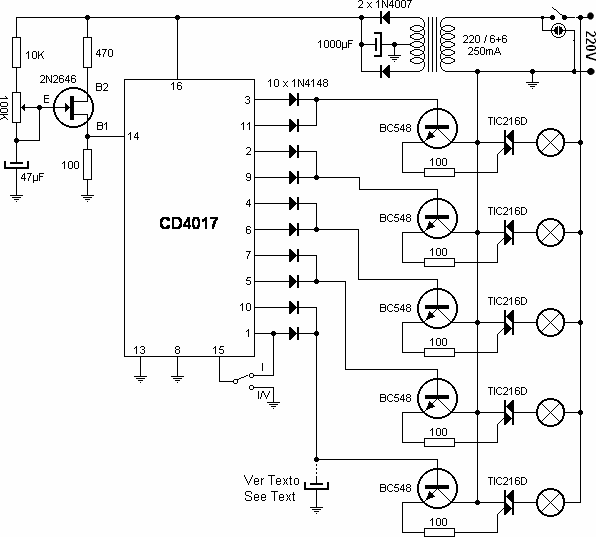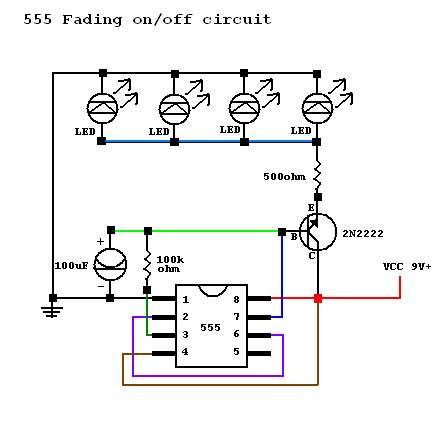
Phase sequence indicator
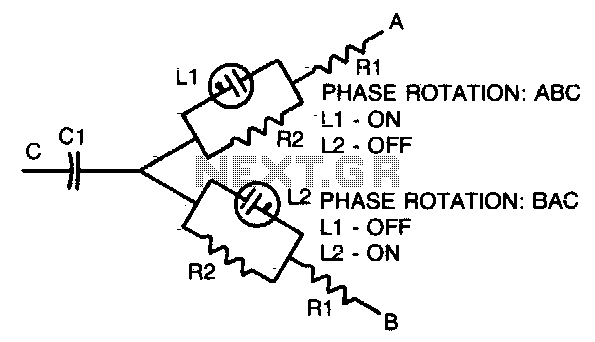
A simple, portable phase-sequence indicator is designed to determine the correct phase rotation in polyphase circuits. The primary components include two neon lamps, two resistors, and a capacitor. During operation, the leg voltages are unbalanced, causing the lamp with the highest voltage—indicating the proper phase sequence—to illuminate.
The phase-sequence indicator operates by utilizing the characteristics of neon lamps, which only light up when the voltage across them exceeds a certain threshold. In a polyphase system, the voltage levels across the different phases can vary due to load imbalances or phase shifts. The two neon lamps in this circuit are connected in such a way that one will illuminate when the voltage on one phase is higher than the other, thus indicating the phase rotation.
The resistors in the circuit serve to limit the current flowing through the neon lamps, ensuring that they operate within their specified limits and preventing damage. The capacitor is used to stabilize the circuit by filtering out any high-frequency noise that may interfere with the reliable operation of the indicator.
Typical component values for the resistors and capacitor may vary depending on the frequency of the circuit being tested, as indicated in the accompanying table. For example, at lower frequencies, larger resistor values may be required to ensure proper operation, while at higher frequencies, smaller values may suffice. The selection of these components is critical to ensure accurate phase detection and to maintain the longevity of the device.
The overall design of the phase-sequence indicator is compact and portable, making it suitable for field applications where quick verification of phase rotation is necessary. This device is particularly useful for electricians and technicians working with three-phase systems, as incorrect phase rotation can lead to equipment damage or operational inefficiencies.Simple, portable phase-sequence indicator determines the proper phase rotation in polyphase circuits. Major components are two neon lamps, two resistors, and a capacitor. In operation, the leg voltages are unbalanced, so that the lamp with the maximum voltage—or proper phase sequence—lights
Table shows typical component values for various circuit frequencies. 🔗 External reference
The phase-sequence indicator operates by utilizing the characteristics of neon lamps, which only light up when the voltage across them exceeds a certain threshold. In a polyphase system, the voltage levels across the different phases can vary due to load imbalances or phase shifts. The two neon lamps in this circuit are connected in such a way that one will illuminate when the voltage on one phase is higher than the other, thus indicating the phase rotation.
The resistors in the circuit serve to limit the current flowing through the neon lamps, ensuring that they operate within their specified limits and preventing damage. The capacitor is used to stabilize the circuit by filtering out any high-frequency noise that may interfere with the reliable operation of the indicator.
Typical component values for the resistors and capacitor may vary depending on the frequency of the circuit being tested, as indicated in the accompanying table. For example, at lower frequencies, larger resistor values may be required to ensure proper operation, while at higher frequencies, smaller values may suffice. The selection of these components is critical to ensure accurate phase detection and to maintain the longevity of the device.
The overall design of the phase-sequence indicator is compact and portable, making it suitable for field applications where quick verification of phase rotation is necessary. This device is particularly useful for electricians and technicians working with three-phase systems, as incorrect phase rotation can lead to equipment damage or operational inefficiencies.Simple, portable phase-sequence indicator determines the proper phase rotation in polyphase circuits. Major components are two neon lamps, two resistors, and a capacitor. In operation, the leg voltages are unbalanced, so that the lamp with the maximum voltage—or proper phase sequence—lights
Table shows typical component values for various circuit frequencies. 🔗 External reference
